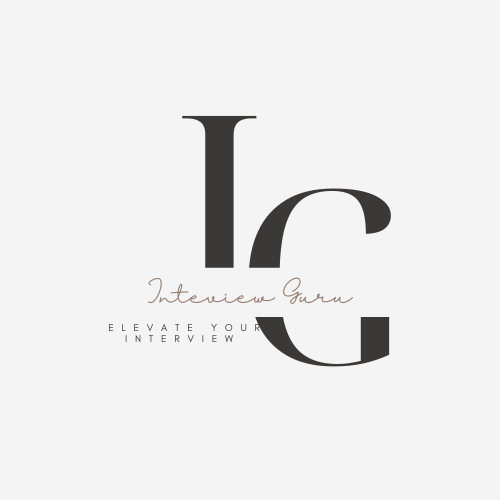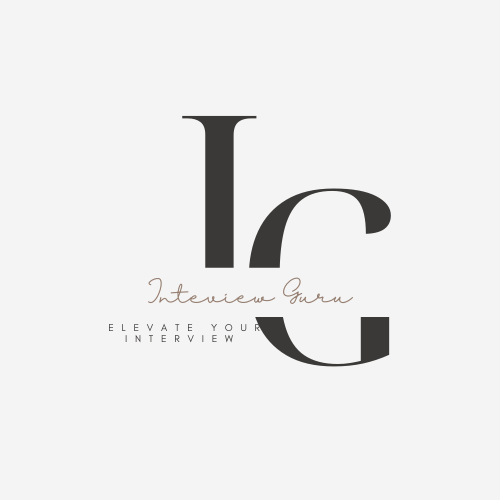1. Business Professional vs. Business Casual Attire:
Business Professional: This attire is typically recommended for formal industries like finance and law. It includes a tailored suit (for both men and women) in conservative colors such as black, navy, or gray. Men should wear a dress shirt and tie, while women can opt for a blouse or dress shirt paired with a blazer and closed-toe shoes.
Business Casual: In industries like tech and creative fields, business casual attire is more common. This can include slacks or a skirt, a collared shirt or blouse, and comfortable yet professional shoes. Avoid overly casual items like jeans, sneakers, or graphic t-shirts.
2. Dressing for Different Industries:
Tech Industry: While the tech industry is known for its casual dress code, it's essential to strike a balance. Opt for well-fitted, clean, and neat attire, such as khakis or dress pants and a button-down shirt or a professional blouse. Research the company's culture to gauge the appropriate level of formality.
Creative Fields: Creativity is often celebrated in these industries, so you can showcase your personality through your attire. However, it's still crucial to appear polished and put-together. Think stylish yet professional clothing, and consider incorporating subtle elements that reflect your creativity.
3. Accessorizing and Grooming Tips:
Accessories: Keep accessories minimal and tasteful. A classic wristwatch, a belt that matches your shoes, and a simple necklace or pair of earrings are typically safe choices. Avoid anything too flashy or distracting.
Grooming: Personal grooming is essential. Ensure your hair is neat and well-kept. For men, facial hair should be trimmed and tidy. Women should opt for natural makeup. Pay attention to personal hygiene, including clean nails and fresh breath.
4. How to Adapt Your Outfit for Virtual Interviews:
Color Choice: Opt for solid colors or subtle patterns as they appear better on camera. Avoid very bright or flashy colors that can be distracting or make your face appear washed out.
Complete Outfit: Even for virtual interviews, consider your entire outfit. Dressing professionally from head to toe helps you feel confident and put-together, and you won't be caught off guard if you need to stand up or move during the interview.
Conclusion:
Reiterate the importance of dressing appropriately for interviews and how it impacts the first impression you make.
Emphasize that understanding the company culture and industry norms can guide your attire choices.
Encourage readers to invest in quality interview attire that can be versatile for various occasion



0 Comments